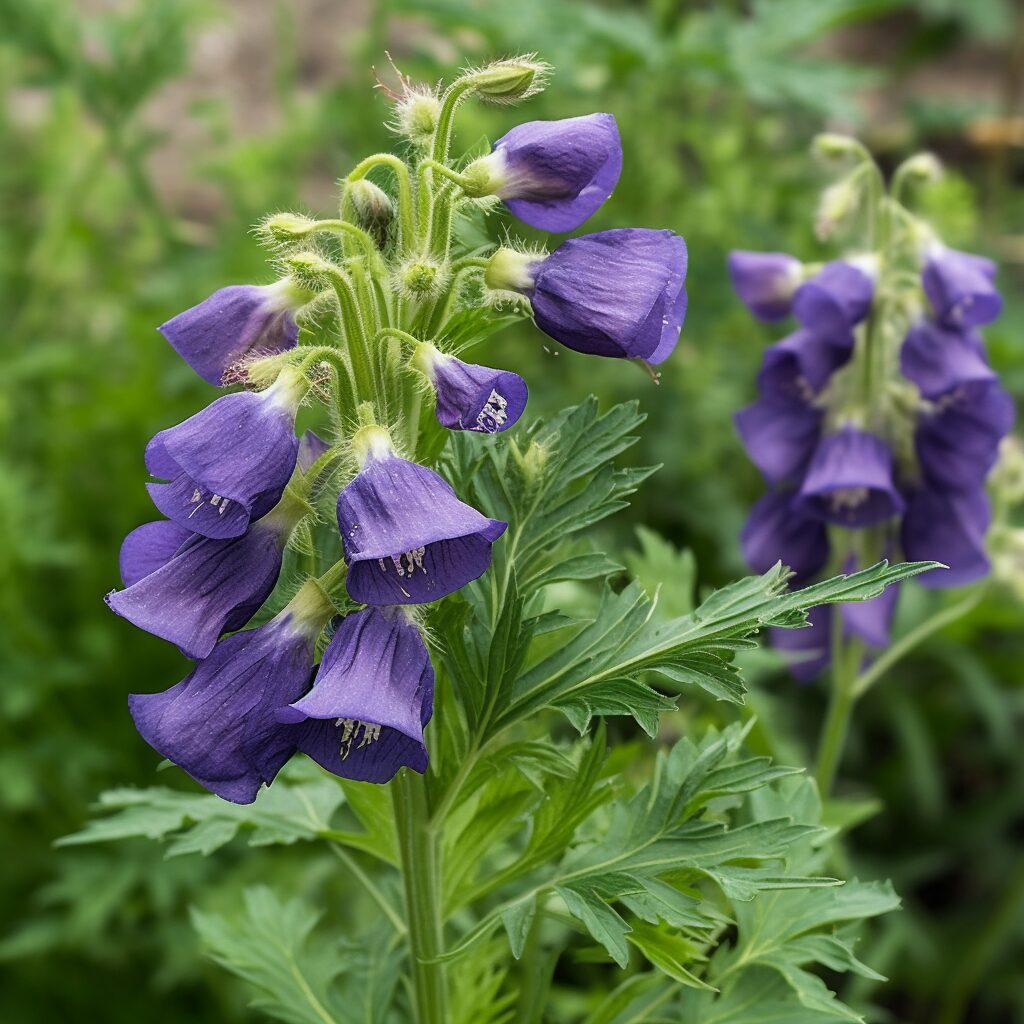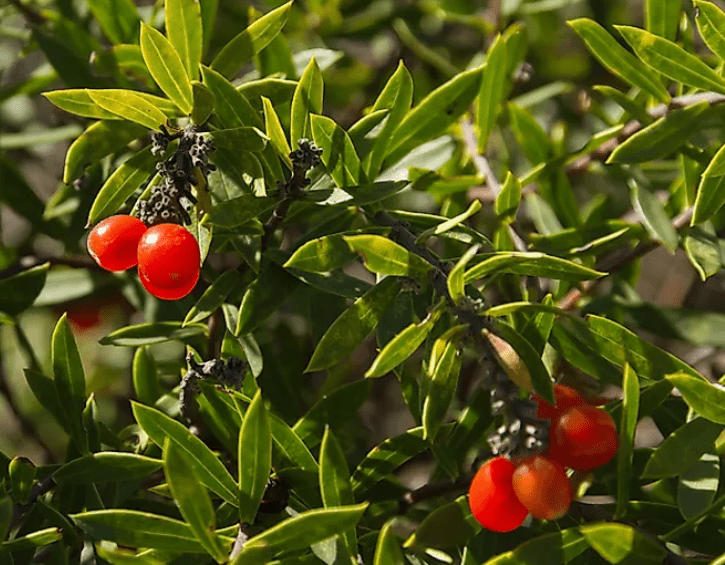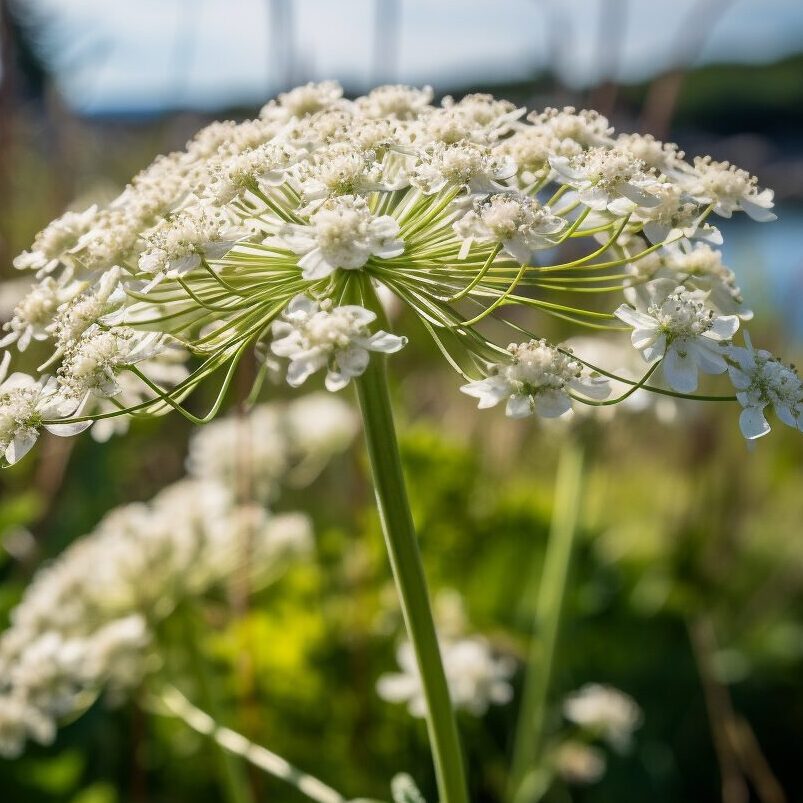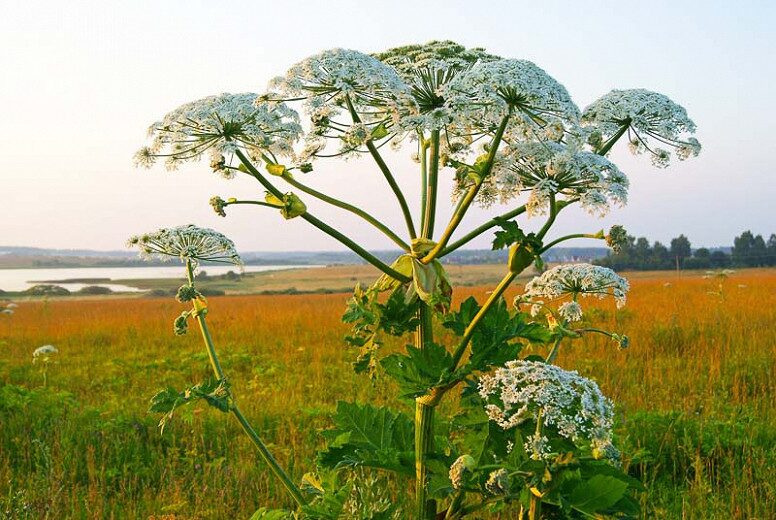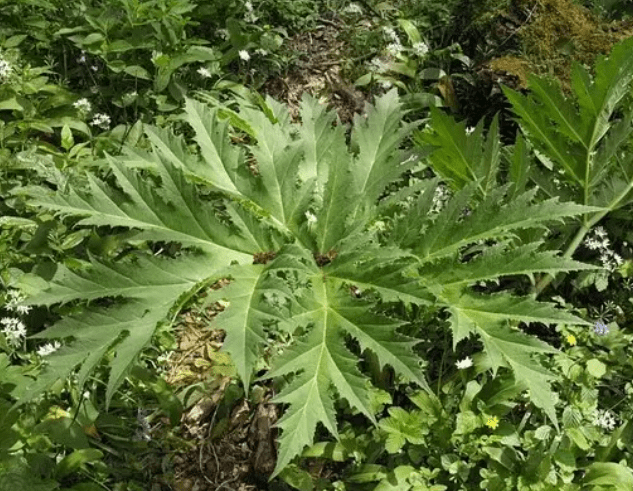Newfoundland is known far and wide for its breathtaking landscapes, rich history, and unique wildlife. But there is something else lurking in the forests of Newfoundland that many may not know about – poisonous plants! Hikers, campers, and gardeners alike should be aware of these dangerous flora to keep themselves safe. To equip you with the knowledge you need to stay safe while exploring Newfoundland’s wilds, let’s take a look at some of the more commonly found poisonous plants in Newfoundland.
Monshook
One of the most common poisonous plants encountered while hiking is monkshood, or blue cohosh. It can be easily identified by its bluish-green stem and lily pad-like leaves that often have a purplish tint. All parts of the plant, from the leaves to the roots, are poisonous and should not be handled or consumed.
It looks similar to another popular and poisonous plant: Foxglove / Digitalis purpurea. This plant has purple or white flowers and can be found in open fields, gardens, and wooded areas. It is highly poisonous to humans and animals alike, so if you spot it while out on a hike make sure not to touch it!
Daphne Berry
Another type of poisonous plant found in Newfoundland is Daphne Berry. It is a small shrub that grows in open and sandy areas. Its bright red berries contain a toxic compound called grayanotoxin which can cause nausea, vomiting, and even coma if ingested. The leaves of the plant are also poisonous if consumed in large quantities.
With its enticing, candy-like berries and a name reminiscent of a Disney princess, the Daphne plant conceals a highly toxic secret known as mezerein and daphnin. These harmful substances are present both in the berries and the twigs. The onset of symptoms is marked by a suffocating sensation, accompanied by a burning and tingling feeling in the mucous membranes of the mouth, throat, and stomach. These distressing effects may be followed by a throbbing headache, waves of nausea, intense abdominal pain, and bouts of diarrhea. Any contact with the sap of this plant can result in blistering and extensive swelling.
Cow / Wild Parsnip
Another common plant in Newfoundland is the Cow Parsnip, which can be found along roadsides and open fields. This plant resembles poison ivy but has five or more leaflets and can have a yellowish flower. Wild parsnip contains chemicals called photosensitizers that can cause an intense burning, blistering rash if it comes in contact with skin exposed to sunlight.
Similar to giant hogweed sap, cow parsnip sap contains furanocoumarins, phototoxic chemicals that become activated by ultraviolet rays from sunlight.
If the sap comes into contact with the skin and is then exposed to sunlight, it can result in a blistering and itchy rash. While cow parsnip is not as toxic as giant hogweed, it shares similarities with its smaller relative, wild parsnip, capable of causing severe burns that may take weeks or months to heal, potentially leaving behind scars. Should the plant touch your skin, it is crucial to promptly cleanse the affected area with soap and water and shield it from sunlight for 48 hours.
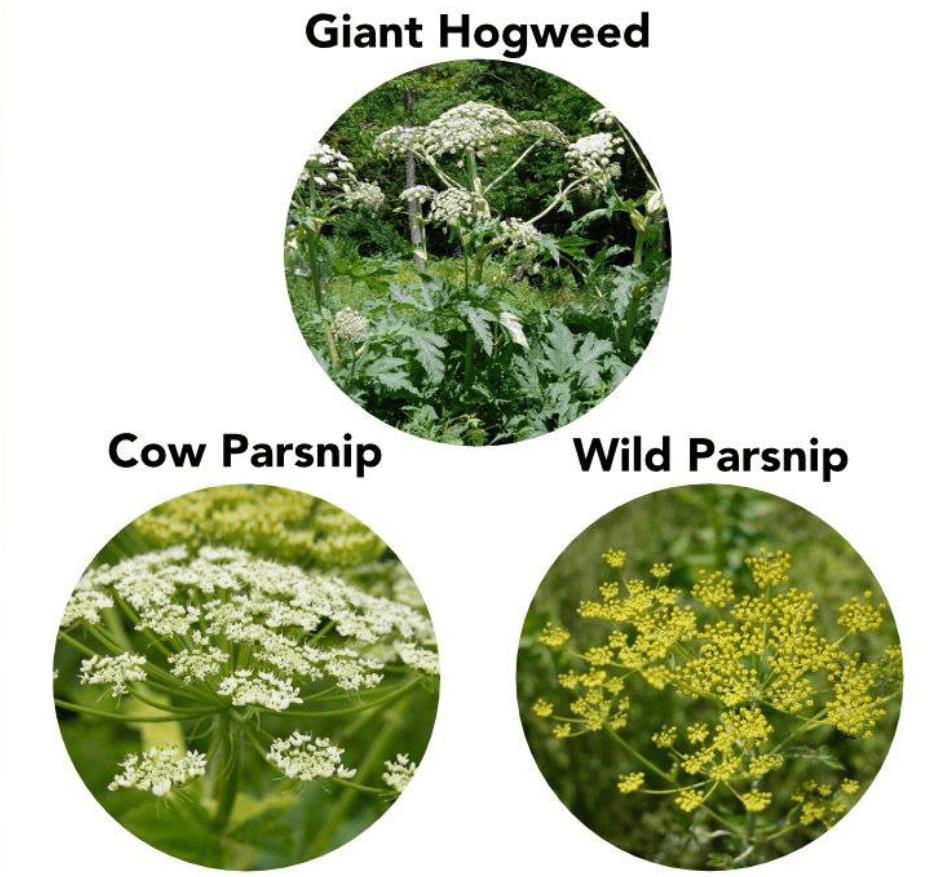
Giant Hogweed
Giant hogweed stalks are purple-spotted or streaked and hollow with stiff hairs; cow parsnip stalks are usually green (but may have some purple) with soft hairs. Both plants can cause severe burns if their sap comes in contact with skin.
Please be mindful of the purple dots on the stems as they serve as a warning to maintain a safe distance.
Although there are several plants resembling Hogweed, stems bearing such markings are a clear indication to steer clear. Hogweed is an invasive species that can cause serious skin reactions and other health issues if handled without care. It’s important to be aware of the risks before coming into contact with it.
In addition, when handling hogweed or any other unfamiliar plants, please always wear protective gear such as gloves and long sleeves for added safety. If you come across a potential hazard
European Yew
The European Yew is a common member of the conifer family found in Newfoundland; this low, evergreen coniferous shrub typically reaches a height of no more than 1.5m. All parts of the tree are poisonous and can cause nausea, vomiting, and even death in large quantities. The bark, leaves, seeds, and berries contain a compound called taxine that can be deadly if ingested.

With such a vast array of plants, it is important to stay aware and knowledgeable about the flora found in Newfoundland so you can enjoy the outdoors safely. Visit your local garden center to learn more about these plants and how to identify them when out hiking or gardening. With this knowledge, you will be sure to have an enjoyable experience while exploring
Finally, Newfoundland is home to a number of types of poisonous berries, including wild blackberries and red elderberries, even the blueberries can make you sick if you eat them before they are ripe. Always avoid eating any berry from an unknown plant, as many common berries are toxic when ingested. If you plan to forage for edible berries, make sure to do your research and know which ones are safe.
Adequate preparation is key to staying safe in the Newfoundland outdoors – whether it be learning how to identify poisonous plants or researching edible berries. When exploring Newfoundland’s wilds, never forget that knowledge is power and caution is key.
And with the right knowledge and precautions, you can make your outdoor adventures in Newfoundland an enjoyable and safe experience. Happy exploring!

